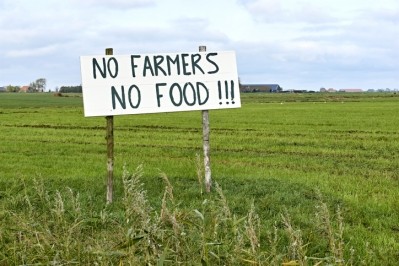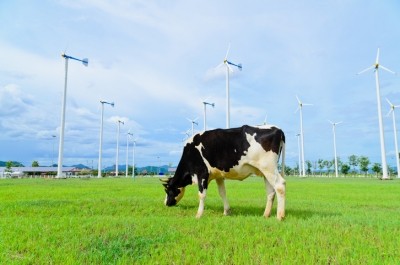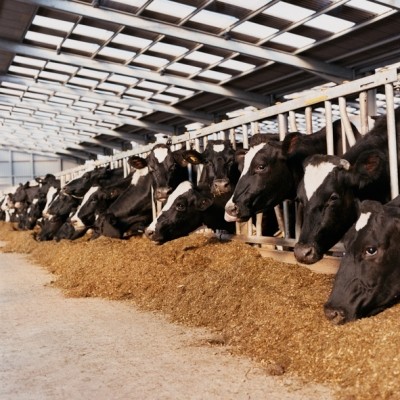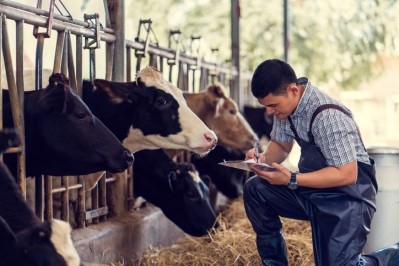Special Edition: Dairy Feed Trends
Better protein labelling of dairy feeds required, says Irish group
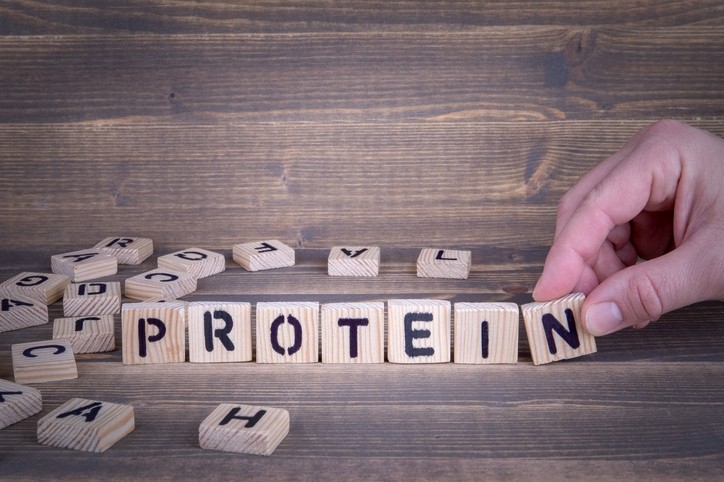
To reduce costs and the potential environmental impact of a cow’s diet, farmers need a better indicator of the protein content of their feeds, said Lorcan McCabe.
The crude protein measure itself is out-of-date and the protein digestible in the intestine (PDI) indication should also be included as it measures the protein in a feed that cows can readily digest, he said.
McCabe told us that he believes feed millers would be open to such an idea. “But sometimes it takes regulation to push them in the right direction.”
Balancing diets for crude protein (CP) without taking into account protein quality or rumen degradability often led to overfeeding of nitrogen and less than optimal production. The PDI system reflects the true protein absorbed in the small intestine; it aims to balance the nitrogen and energy available in the rumen for microbial protein synthesis, according to French research institute, INRA.
Farmers need to make informed decisions when looking to meet the dietary protein demands of their herd, said McCabe. Though he admits the dairy farming community might need a year or two to fully get up to speed with the PDI concept.
During the summer months, he said Irish dairy farmers should substitute their typical concentrates with ones that have a lower protein content. “At that time of year, a 12-14% CP level ration in good growing conditions with leafy grass is fine. Millers and farmers must recognize that we don’t need as high a protein level in summer rations.”
Famers would see monetary gain as well from such an interim move given that protein is the most expensive component of a ration. “So there will be cost savings and benefit to the environment.”
Mitigating emissions
Reducing CP concentration in cattle diets and ruminal protein degradability are powerful tools for reducing nitrogen excretion, and whole-farm ammonia emissions, as per a study released in 2010. Other ways to mitigate ammonia emissions include reducing excreted nitrogen, particularly urinary nitrogen, acidifying ammonia sources, or binding ammonium to a substrate, according to that paper.
Reducing excess protein in dairy cow diets is also one of the measures promoted by state research group, Teagasc, as a way of lowering GHC emissions from Irish farming.
A report it published in March, suggested that, due to the more intensive nature of production for dairy systems compared to all other Irish grassland systems, the sector's GHG emissions per hectare are significantly higher.
The average Irish dairy farm emitted 502.5 tons of GHG emissions in 2017 as opposed to the 150 tons noted for the average cattle, sheep or tillage farm, as per data in that report.
“Dairy emissions are a function of greater stocking rates, more energy intensive diets for dairy cows and more use of chemical fertilizers than the other livestock systems,” found the publication.
Without mitigation, Irish GHG and ammonia emissions are likely to increase, with significant contributions due to increased dairy production, maintains Teagasc.
Key approaches to reduce ammonia emissions in cows, from Teagasc’s perspective, are through breeding more efficient cows, using protected urea and fertilizer, and by low emission slurry spreading.
As another ammonia reduction method, PDI information on feed labels, and balancing diets for crude protein (CP) is further down the line, said McCabe. “We can’t say it is going to have a huge impact but it is a simple way of cutting back on ammonia levels from dairy production. We have to do as much as we can to mitigate GHG emissions.”
